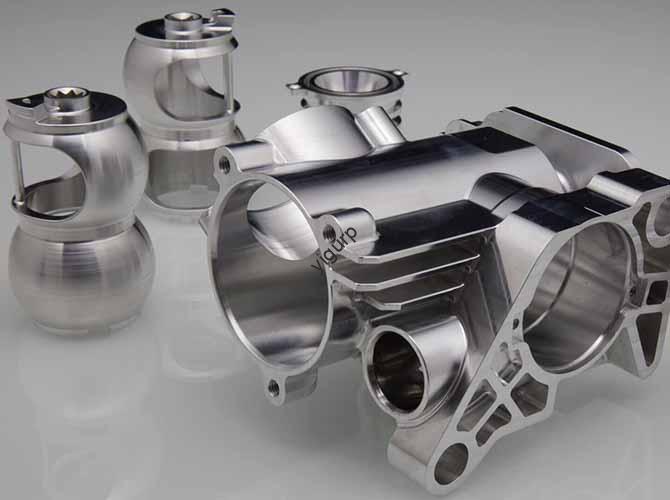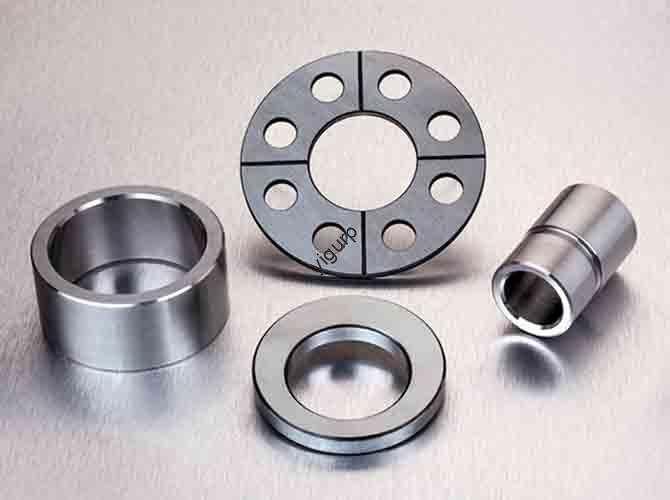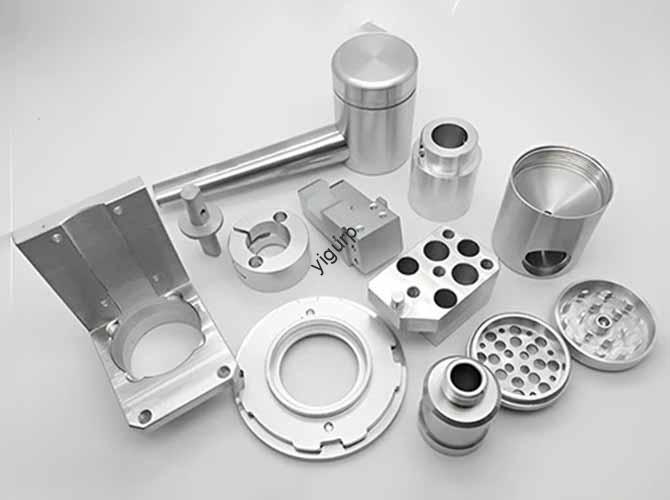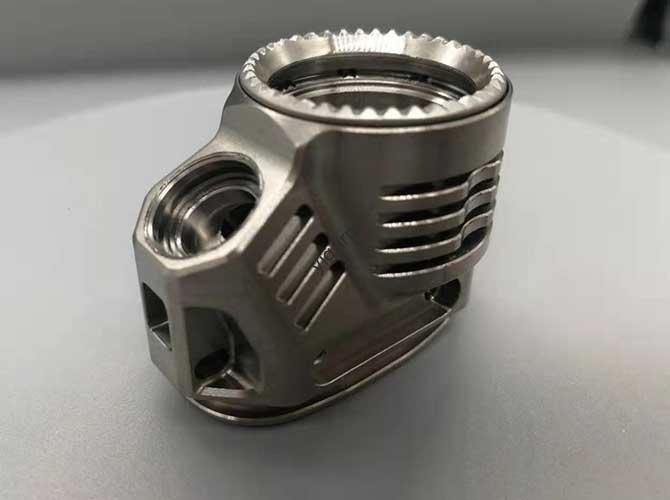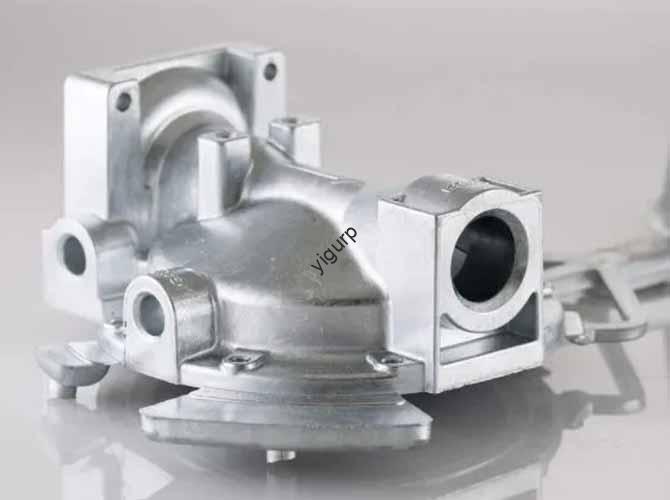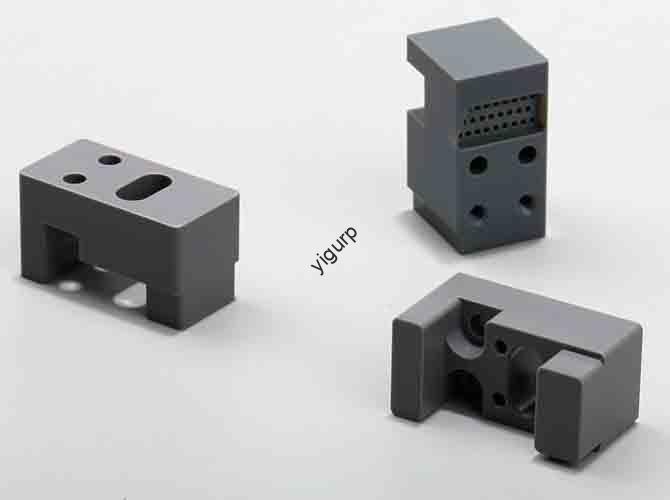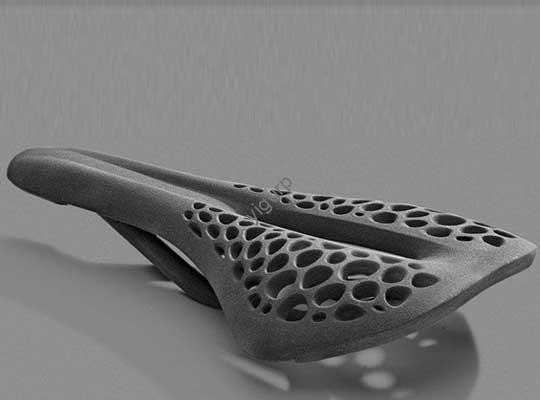¿Qué es la fundición a presión y cómo impulsa la fabricación moderna??
El conformado por fundición a presión es la piedra angular de la fabricación metálica moderna., revolucionando la producción de complejos, alto – piezas de precisión en todas las industrias. Forzando el metal fundido en moldes de precisión bajo alta presión y velocidad., Este proceso cierra la brecha entre la fundición tradicional y la fabricación avanzada.. Para ayudarle a comprender plenamente su valor, principios, y aplicaciones, […]
